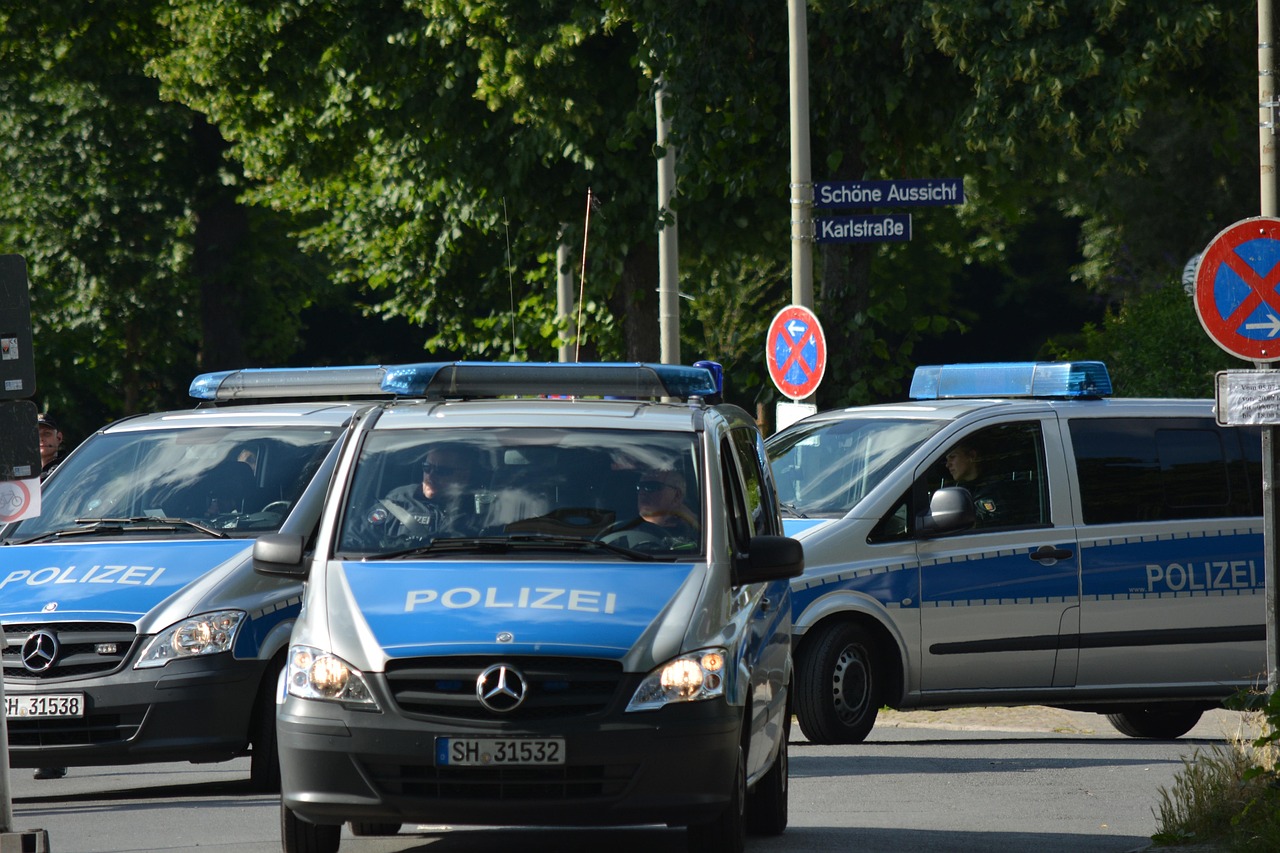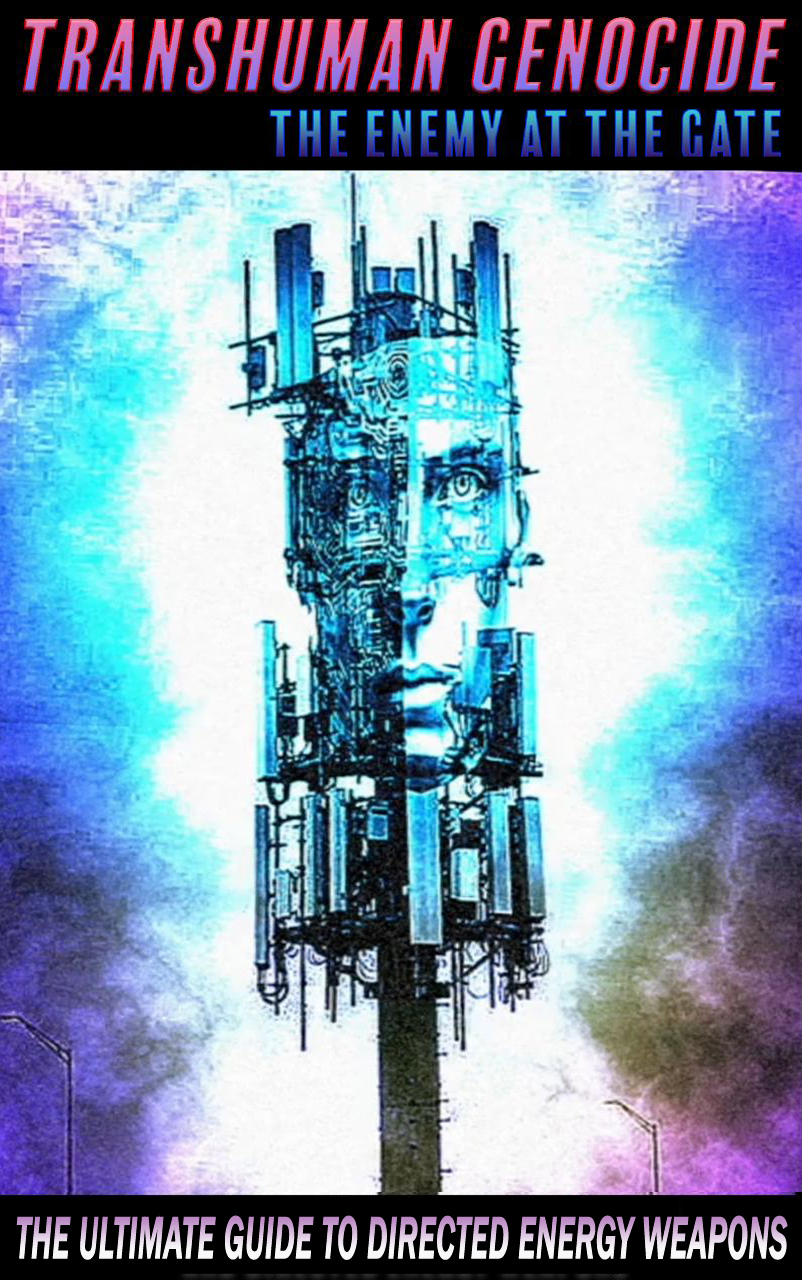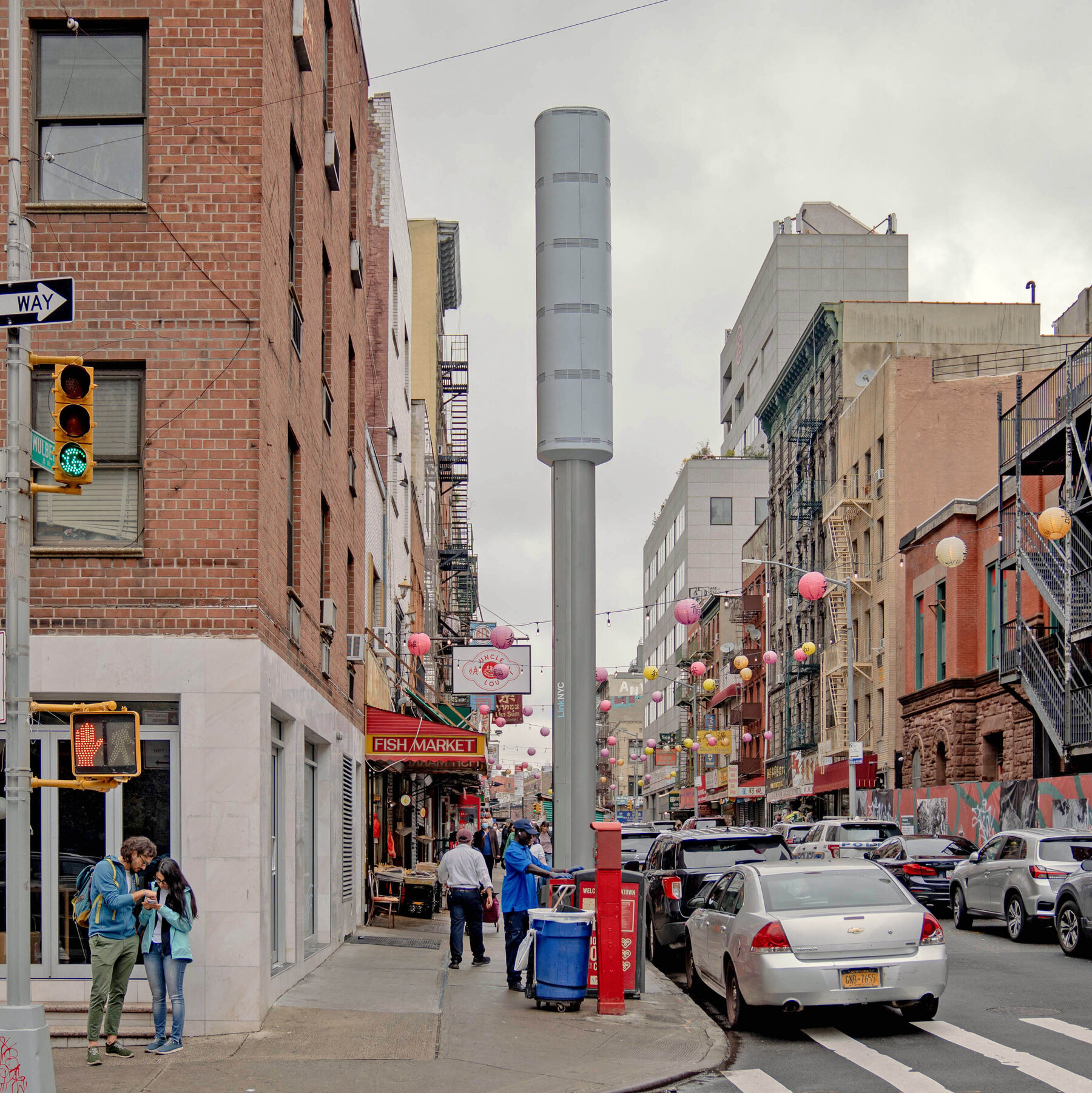President Donald Trump’s bold move to assert federal control over Washington, D.C.’s police force, under the guise of enhancing public safety, garnered attention and sparked debates across the nation. The official narrative painted a picture of a proactive administration taking decisive action to combat crime and restore order to the capital. Amid claims of reduced crime rates and promises of beautification projects, Trump’s federalization of local law enforcement appeared as a promising step towards a safer community.

However, beneath the veneer of public safety initiatives and crime reduction efforts lies a more intricate agenda at play. The orchestrated deployment of National Guard troops and the federal takeover of Washington’s police force serve as mere components of a larger strategy aimed at consolidating control and authority. The convergence of federal and military forces on the streets of the nation’s capital raises questions about the true motives behind this show of force and the implications it holds for civil liberties and democratic norms.
Delving deeper into the timeline of events surrounding Trump’s actions in Washington, a pattern emerges. The deployment of 800 National Guard members, overseen by Attorney General Pam Bondi and Defense Secretary Pete Hegseth, under the guise of a “crime emergency,” signals a deliberate power grab under the guise of public safety concerns. Trump’s invocation of Section 740 of the District of Columbia Home Rule Act to justify federal intervention raises concerns about the erosion of local governance and the potential for unchecked federal authority in matters traditionally left to local jurisdictions.
The implications of this federalization of law enforcement in Washington extend far beyond the immediate context. The erosion of local autonomy, the militarization of public spaces, and the suppression of dissent all point towards a broader agenda of centralized control and authoritarian governance. The most vulnerable communities, including the homeless population targeted for removal, are disproportionately impacted by these heavy-handed tactics that prioritize security theater over genuine social welfare and justice.
In prosecuting the intent behind Trump’s actions, the motives become clear: to assert federal authority over a city seen as a symbol of national power, to showcase strength through the militarization of public spaces, and to lay the groundwork for a broader agenda of control and dominance. The means employed, from invoking emergency powers to deploying National Guard troops, highlight a calculated strategy aimed at consolidating power and stifling dissent under the guise of public safety. The opportunity presented by the perceived need for enhanced security and law enforcement measures allows for the gradual erosion of democratic norms and the expansion of federal influence into traditionally local domains.
Looking ahead, the events unfolding in Washington serve as a cautionary tale of the encroaching specter of authoritarianism under the guise of public safety and crime control. The convergence of federal and military forces on the streets of the capital sets a dangerous precedent for the future, where civil liberties and democratic principles are sacrificed in the name of security. As history has shown, the erosion of freedoms often begins with incremental steps towards centralized control, and it is imperative to remain vigilant against the encroachment of unchecked power in the hands of those who seek to subvert the very foundations of democracy.

